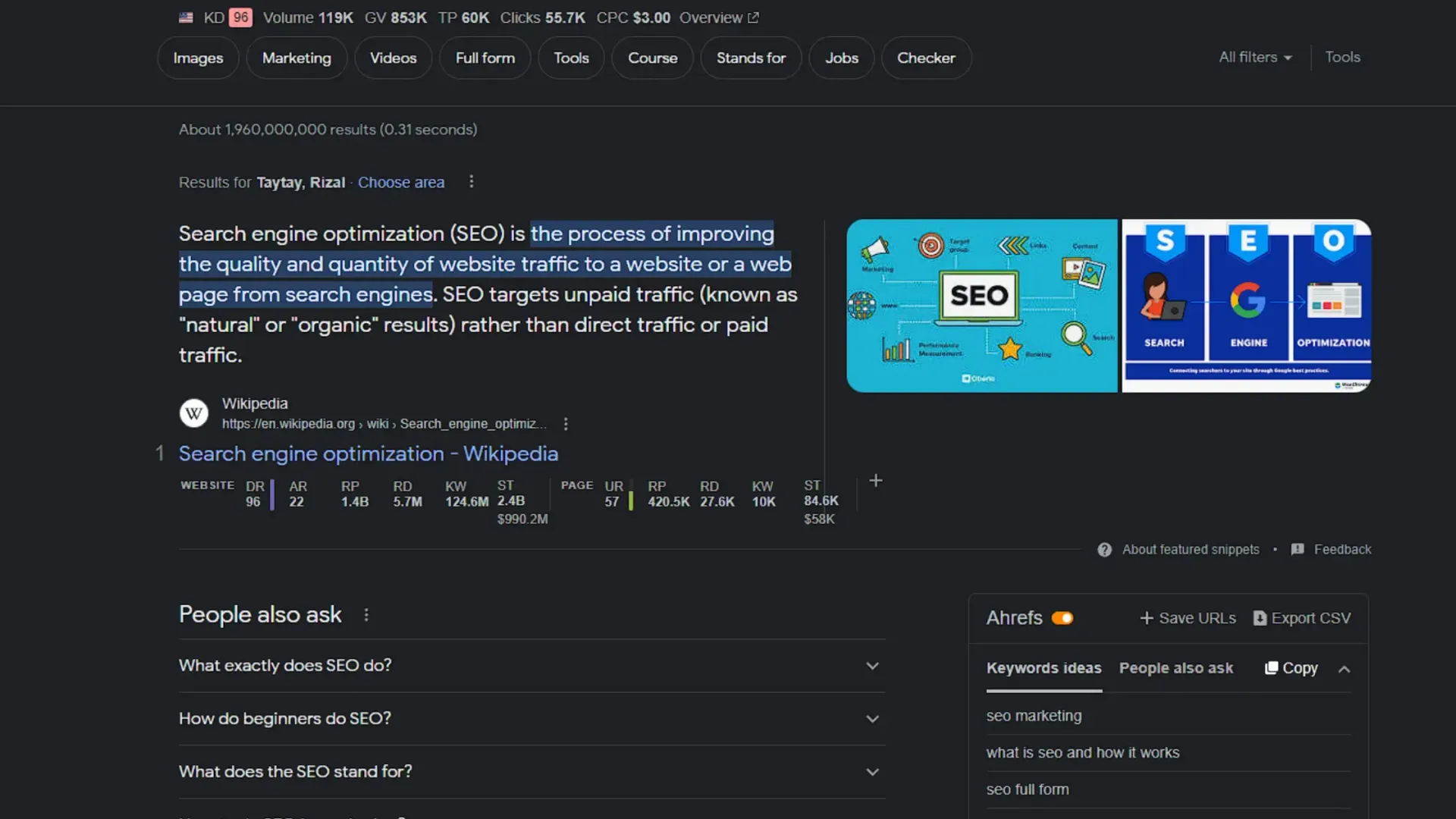Heading Hierarchy Best Practices: Mastering H1-H6 Tags
A Guide to Utilizing Headings for Better Readability

Headings (H1-H6 tags) are an important part of good blog writing and SEO. Used properly, headings organize your content and help search engines understand the topic and structure of your posts.
The Benefits of Using Headings
Headings provide three key benefits:
1. Improve Readability
Headings break up blocks of text into easy-to-scan sections, improving readability. Readers can grasp the main points at a glance.
2. Establish Hierarchy
Heading tags indicate the hierarchy of information. H1 is the main title, H2 headings cover key sections, H3 for subsections, etc. This creates logical structure.
3. Boost SEO
Headings signal to search engines the focus and organization of the content. Optimized headings improve crawlability and rankings.
Best Practices for Each Type of Heading Tag
Follow these best practices when structuring content with headings:
1. Where to use H1 Headings - The Main Page Title
The H1 should concisely summarize the overall focus of the post. Generally keep it under 60 characters. Have only one H1 per page.
2. Where to put H2 Headings - Major Sections
Use H2 headings to divide your post into logical sections. These form the main subtopics under your title. Use 2-4 H2s per post.
3. Where to place H3 Headings - Subsections
H3s break the H2 sections into smaller subsections for additional hierarchy. Use 2-4 H3s per H2.
Best Practices for Using H4, H5 and H6 Tags
H4-H6 Headings - Deeper Breakdowns
Reserve H4-H6 headings for niche breakdowns and lower-level sections as needed. Use these sparingly.
By following proper heading tag usage, you can create more optimized, readable content.
When to Use H4 Headings
Use H4 tags for subsections under an H3 heading. They create another layer in the hierarchy.
For example:
H4 Subsection Under H3
This H4 segment is nested under a higher H3 section.
Effective Use of H5 Tags
H5 headings denote sub-content under an H4 section. Use them for things like:
H5 Example
- Numbered lists
- Bullet points
H6 For Granular Breakdowns
Reserve H6 for very granular breakdowns of content, like:
When H6 is Helpful
- Detailed processes
- Step-by-step instructions
- Highly specific topics
H4-H6 headings help organize deep, thorough content. Use them strategically when H3 sections need further segmentation.










